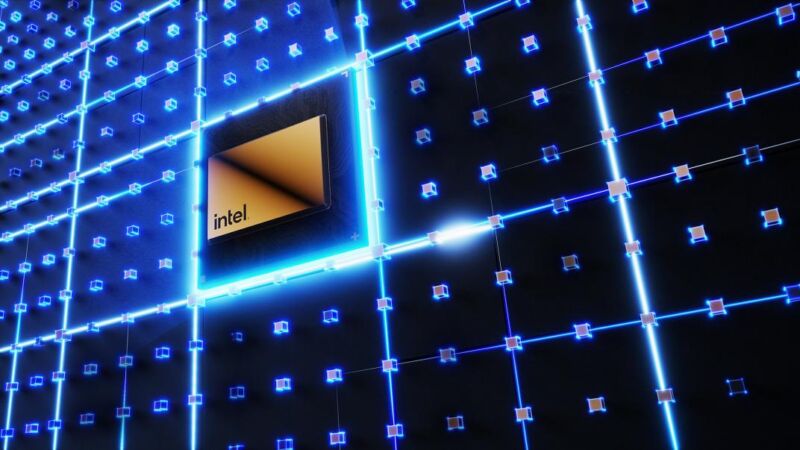
In April 2022, Intel announced a new Blockscale series of application-specific integrated circuits (ASIC) meant for "energy-efficient blockchain hashing." In other words, chips designed for mining bitcoin and other cryptocurrencies. The company positioned the Blockscale 1000-series ASICs to lower power usage and help ease the then-ongoing shortage of GPUs.
“For proof-of-work algorithms that are compatible with ASIC-based systems and SHA-256 hashing, the Intel Blockscale ASIC will provide the energy efficiency and computing power needed to achieve scalability and sustainability," reads an unsigned Intel blog post. "And given the nature of the silicon powering this technology, Intel will be able to supply it in volume without compromising the supply of new CPUs or GPUs.”
Today, Intel quietly discontinued the Blockscale 1000 chips, and the company told Tom’s Hardware that it has no immediate plans to introduce any upgrades or replacements. The company will "continue to support" companies that have already purchased Blockscale chips, but it looks like the project is fading away barely a year after its original announcement.
Regarding blockchain hashing operations like bitcoin mining, ASICs are better than GPUs, just as GPUs are better than CPUs. The hardware is more specialized, making it less flexible—I can mine or play a game with my GPU, while an ASIC is really only good for one thing. But in exchange, it can deliver faster hash rates with lower power usage than a GPU.
The Blockscale project came from Intel's "Custom Compute Group," a specialized team inside Intel's Accelerated Computing Systems and Graphics Group (AXG), announced by AXG manager Raja Koduri in February 2022. But by December, AXG had been split up and folded into Intel's existing client computing and data center teams, and Koduri left the company at the end of March.
Intel introduced the Blockscale chips just as bitcoin's value was cratering; the value of the currency slid from nearly $46,000 in April 2022 to less than $17,000 in December, and the less the currency is worth, the harder it is to justify the hardware investment and the power use necessary to run a mining operation. The currency has ticked back up to just over $30,000 in 2023, though that's still down substantially from its $64,000 peak in late 2021.
Intel told Tom's Hardware that it was discontinuing Blockscale chips partly to focus on its nascent foundry business and "IDF 2.0" strategy, an attempt to make more money by letting third parties use Intel's fabs. Intel and Arm announced earlier this month that companies would be able to design and manufacture Arm chips using Intel's upcoming 18A process.
reader comments
97